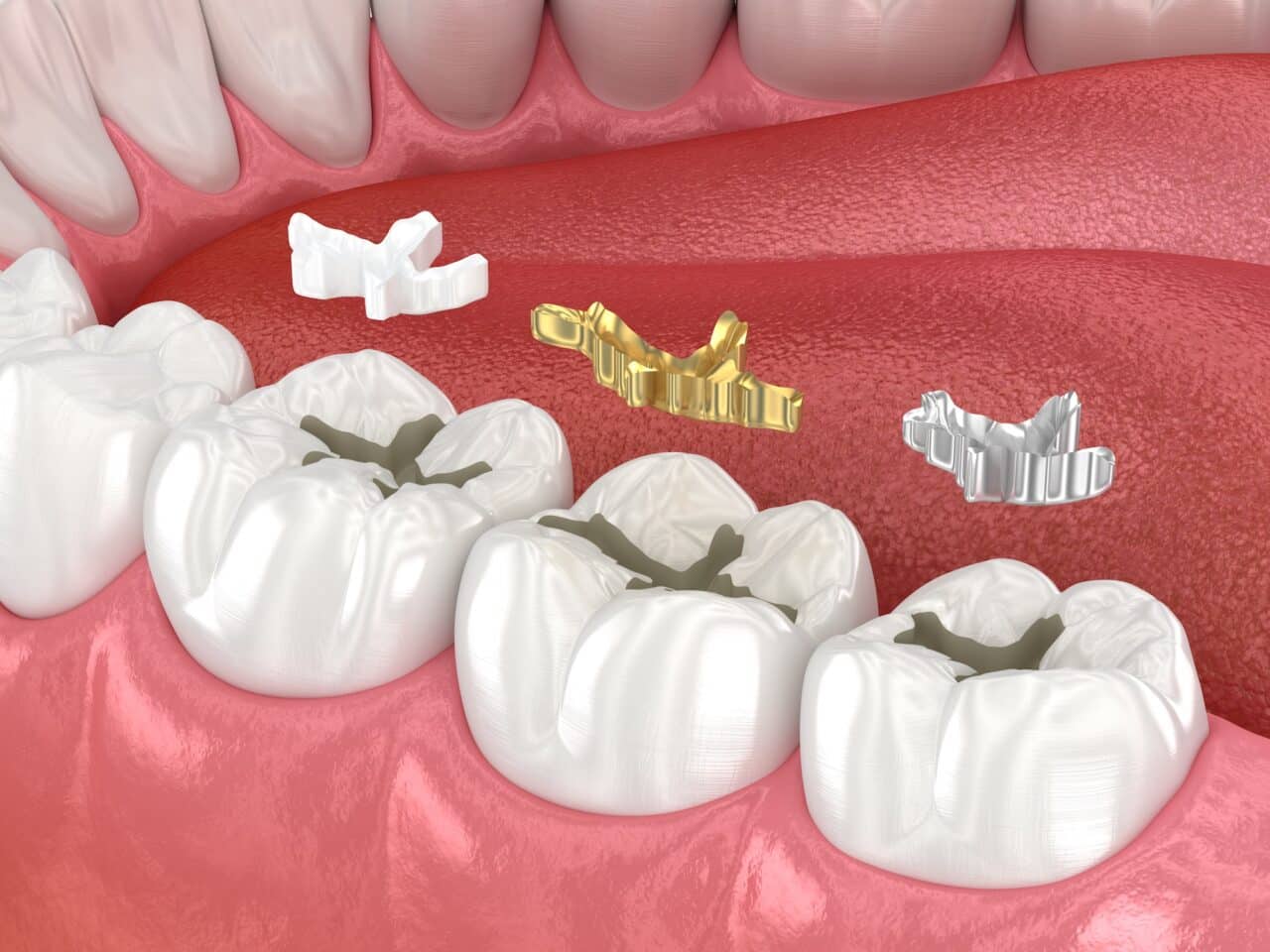Have you ever felt that heart-dropping moment when your tongue discovers a sudden hole where your filling used to be? While dental fillings are designed to be durable, the surprising truth is that cavity fillings can fall out, and it happens more often than you might think. Whether due to grinding your teeth, biting down on hard foods, or natural wear over time, a lost filling requires prompt attention to prevent complications and protect your tooth’s health. In this comprehensive guide, we’ll explore why cavity fillings fall out, what immediate steps you should take if it happens to you, and how quickly you need to act to avoid further dental issues. Understanding this common dental emergency could mean the difference between a simple filling replacement and a more complex (and costly) procedure down the road.
Can Cavity Fillings Fall Out?
Yes, dental fillings can become loose and fall out over time. While fillings are designed to last many years, they aren’t permanent restorations. Various factors can compromise their stability, leading to dislodgement and requiring prompt professional attention.
Understanding Dental Fillings
Dental fillings serve as protective restorations that seal areas of decay and restore tooth function. They create a barrier against bacteria and protect sensitive inner tooth structures from further damage. However, like any dental restoration, they can fail under certain conditions.
Common Causes of Lost Fillings
• New decay developing around existing fillings
• Excessive pressure from chewing hard foods
• Teeth grinding (bruxism)
• Physical trauma to the tooth
• Chemical breakdown of bonding materials
• Normal wear and tear over time
Signs Your Filling Has Fallen Out
Physical Indicators
• A visible hole or cavity in the tooth
• Rough edges when running your tongue over the area
• Food getting trapped in the affected tooth
• Missing tooth material you can see or feel
• Sensitivity to hot, cold, or sweet substances
Pain and Sensitivity
Many patients experience increased tooth sensitivity or discomfort when:
• Biting down on food
• Drinking hot or cold beverages
• Exposing the tooth to air
• Touching the affected area
Immediate Actions After Losing a Filling
First Steps
1. Rinse your mouth with warm saltwater
2. Contact your dentist immediately
3. Keep the area clean
4. Avoid chewing on the affected side
5. Use temporary dental cement if recommended
Temporary Protection Methods
• Apply over-the-counter temporary filling material
• Use dental wax to cover exposed areas
• Keep the area clean with gentle brushing
• Avoid sticky or hard foods
Treatment Timeline
How Long Can You Wait?
Don’t delay seeking treatment. A lost filling should be replaced as soon as possible to prevent:
• Further tooth decay
• Increased sensitivity
• Risk of infection
• Additional tooth damage
• More extensive and costly repairs
Professional Treatment
Your dentist will:
• Evaluate the affected tooth
• Clean the area thoroughly
• Check for additional decay
• Place a new filling or recommend alternative treatment
• Ensure proper fit and bite alignment
Prevention Strategies
Daily Habits
• Maintain excellent oral hygiene
• Avoid excessive force when chewing
• Wear a night guard if you grind your teeth
• Schedule regular dental check-ups
• Address teeth grinding or clenching
Dietary Considerations
• Limit hard or crunchy foods
• Avoid excessive sticky candies
• Be cautious with very hot or cold foods
• Maintain a balanced, tooth-friendly diet
When to Seek Emergency Care
Contact your dentist immediately if you experience:
• Severe pain
• Swelling
• Fever
• Difficulty breathing or swallowing
• Signs of infection
For professional dental care and filling replacement in Las Vegas, contact The Dentist LV. Our experienced team can quickly evaluate your situation and provide appropriate treatment to restore your tooth’s function and comfort.


